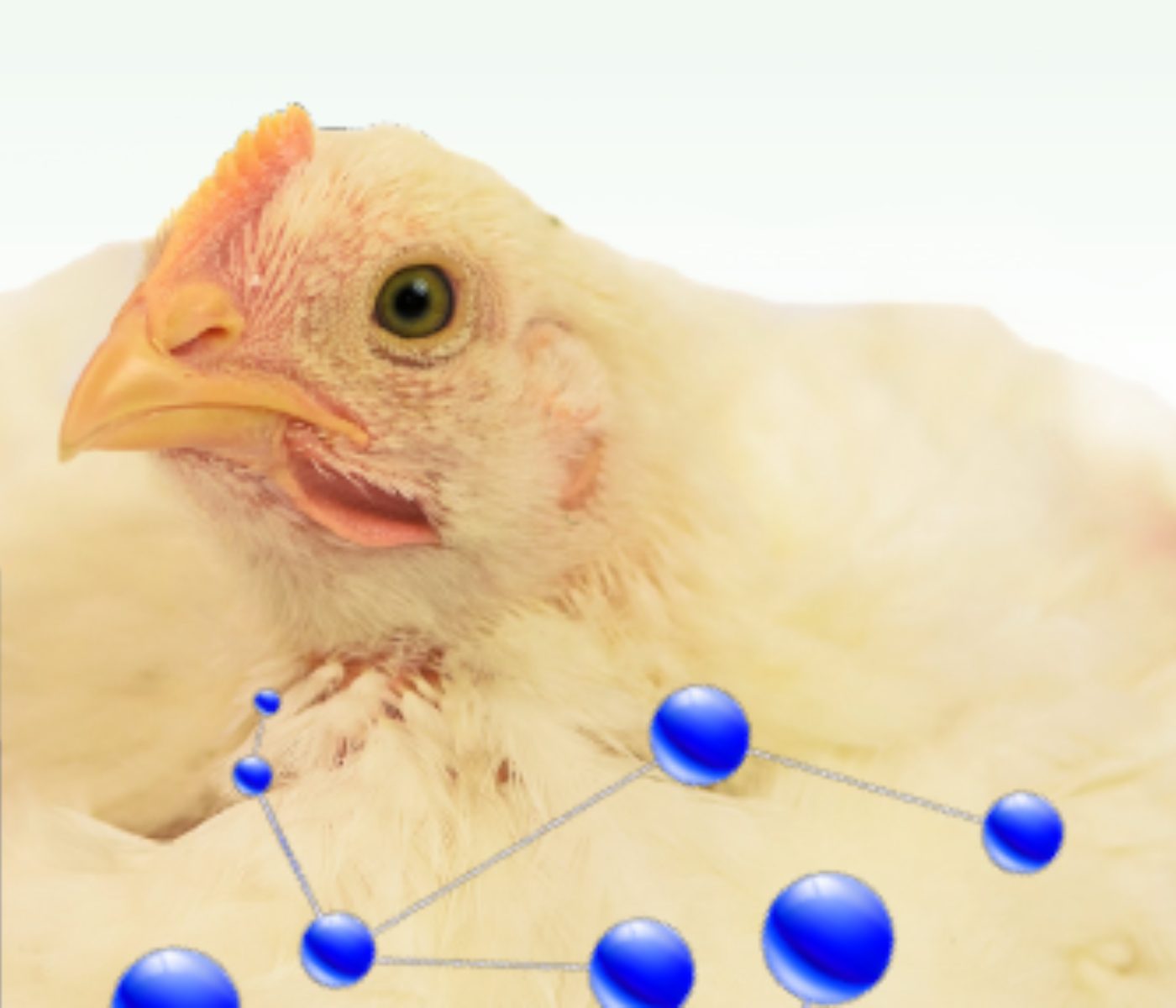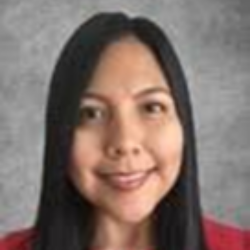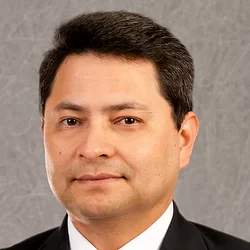Amino acid levels and their importance during rearing in broiler breeders.
Introduction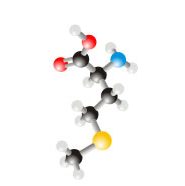
Dietary amino acids (AA) and crude protein (CP) levels have been demonstrated to affect growth, body weight, body composition, organ development, and feathering in broiler breeder pullets. Breeder pullets are fed to achieve target body weights set up according to genetic line guidelines or specific company objectives. Meeting those growth objectives during the rearing phase has been related to optimum reproductive performance evaluated as egg production, fertility, and hatchability.
Specific feed allocations and feeding programs to obtain those target body weights every week could trigger an excess of AA and CP intake when the concentration of these nutrients is more than adequate. This extra intake of AAs can lead to more significant breast muscle, reducing abdominal fat deposition. In contrast, low-CP diets have resulted in more abdominal fat deposition.
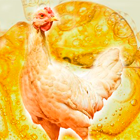 Abdominal fat is a desirable trait before light stimulation. Still, it is known that hens use breast proteins during the transition from pullet to sexual maturity and also during peak production as energy sources and for egg production. Therefore, an adequate amount of breast or fleshing is also necessary to reach egg production standards. A balance of breast development and fat reserves is advisable before light stimulation and the onset of production.
Abdominal fat is a desirable trait before light stimulation. Still, it is known that hens use breast proteins during the transition from pullet to sexual maturity and also during peak production as energy sources and for egg production. Therefore, an adequate amount of breast or fleshing is also necessary to reach egg production standards. A balance of breast development and fat reserves is advisable before light stimulation and the onset of production.
Previous research
Studies during rearing commonly focused on extreme CP levels and the effects of AA have been evaluated in the laying phase. Very few studies have evaluated levels of AA during rearing close to the ones recommended by genetic lines.
Study
We conducted a study aiming to determine the effects of four dietary AA levels on body weight and the development of breast muscle, organs, legs, and feathering on Cobb 500 slow-feathering (SF) broiler breeder pullets during the rearing phase from five weeks to onset of egg production. We also evaluated the effects on egg quality and production, fertility, hatchability, and embryo mortality from 24 to 65 weeks of age on these hens.
Materials & Methods
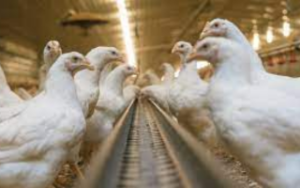
A total of 1,360 Cobb-500 slow-feathering (SF) pullets were randomly placed in 16-floor pens with 85 females per pen. Diets with corn, soybean-meal, and wheat-midds were formulated without CP restriction maintaining minimum ratios between essential AA and Lys on a digestible (dig) ideal basis. Treatments consisted of four dietary AA levels with 80% (low-AA), 90% (moderate-AA), 100% (standard-AA), and 110% (high-AA) of the Cobb-Vantress recommendations, guided by dig Lys using balanced protein (Table 1).
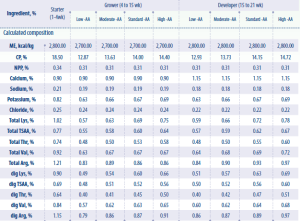
Table 1. Calculated nutrient composition of the experimental diets
Up to 4 weeks, all pullets were fed a common starter crumble diet. Grower and developer mash diets were fed to pullets from 5 to 15 weeks and 16 to 24 weeks, respectively. Diets contained 2,700 kcal/kg of AMEn and 2,800 kcal/kg of AMEn for the grower and developer phases.
The feeding program from 1 to 2 weeks was ad libitum, and after three weeks, it was restricted (Figure 1).
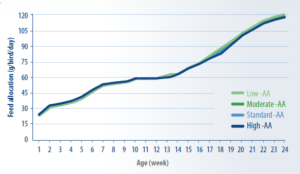
Figure 1. Feed allocation (g/bird/day) from 1 to 24 weeks of age of Cobb
500 SF broiler breeder pullets fed four different dietary amino acid levels
during rearing low-AA, moderate-AA, standard-AA, high-AA corresponding to 80, 90, 100, and 110% of the Cobb- Vantress (2018) recommendations, guided by dig Lys using balanced protein. n = 4 replicate pens per treatment of 85 pullets each.
In the developer phase, feed amounts varied slightly (±3 g/bird/day) among treatments to maintain the body weight target close (±2%) regarding Cobb-Vantress (2018) guidelines.
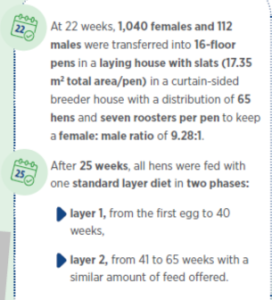
Feed increments were made according to egg production by treatment, and feed offered was decreased after the peak of egg production between 0.5 and 1g. In the whole experiment, all males were not subjected to treatments. Cockerels were fed the standard treatment grower and developer diets during rearing and male diets during the laying phase, following Cobb-Vantress (2018) recommendations.
Results & Discussion
Pullets fed standard-AA and high-AA diets were heavier (P < 0.001) than those fed low-AA diets at 10, 15, and 20 weeks of age. High-AA diets resulted in better (P = 0.040) flock uniformity at 10 wk. Pullets fed a high-AA diet had the highest (P = 0.041) relative breast weight at 20 weeks of age and the lowest (P = 0.044) deposits of abdominal fat at 15 weeks of age. Fleshing (Figure 2) increased (P < 0.05) as AA content rose in the diet, while the relative shank length (P < 0.001) and the number of wing juvenile feathers (P = 0.004) decreased.
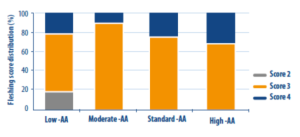
Figure 2. Effect of dietary AA levels on fleshing score distribution in the flock of Cobb 500 SF breeder females at 20 weeks. n = 4 replicate pens per treatment of 3 pullets each.
Pullets fed the lowest dietary AA level had the longest (P = 0.007) small intestine relative to BW at ten weeks of age but a smaller (P = 0.001) liver than those fed moderate and standard-AA diets at 20 weeks.
Dietary AA levels affect pullet body weight, fleshing, and organ development during rearing with potential reproductive performance impacts.
During the laying phase, the body weight increased linearly (P<0.01) as AA augmented at 25, 36, and 40 wk.
Moderate-AA and standard-AA resulted in the best weekly egg production (Figure 3) and hen-housed egg production (HHEP) at 65 weeks, with 174.3 and 176.5 eggs, respectively.
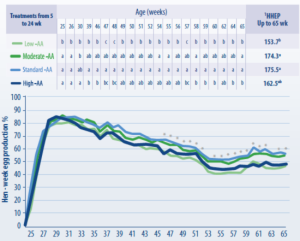
Figure 3. Hen-weekly egg production (%) from 24 to 65 weeks of age for Cobb 500 SF broiler breeders fed four different dietary amino acid levels during rearing low-AA, moderate-AA, standard-AA, high-AA corresponding to 80, 90, 100, and 110% of the Cobb Vantress(2018) recommendations, guided by dig Lys using balanced protein. n = 4 pens per treatment of 65 hens each.
The optimum level of AA for HHEP at 65 weeks was estimated (P<0.001) in 96.7% and 94.7% by the quadratic and broken line models (Figure 4), respectively.

Figure 4. Effects of dietary amino acid levels during rearing as a proportion of the Cobb-Vantress (2018) recommendations on the average hen-housed egg production (HHEP) at 65 weeks of Cobb 500 SF broiler breeders
determined by the quadratic broken line and quadratic (P = 0.002) models. (Z1 = (AA% < R) * (R – AA%) where (R – AA%) is defined as zero if (AA% > R); Z2 = (AA% > R) * (AA% – R).
Overall, the lightest egg weight (Figure 5) was obtained with 89%AA during rearing (P=0.022), and the heaviest eggs (P<0.001) were found at 54 weeks.
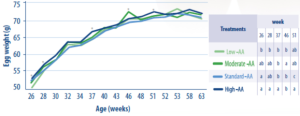
Figure 5. Egg weight (g) from 26 to 63 weeks of age for Cobb 500 SF broiler breeders fed four different dietary amino acid levels during rearing low-AA, moderate-AA, standard-AA, high-AA corresponding to 80, 90, 100, and 110% of the Cobb-Vantress (2018) recommendations, guided by dig Lys using balanced protein. n = 4 pens with 30 eggs per breeder at each evaluation time. * Significant differences in treatments per week.
a-c Dietary treatments not sharing a lowercase letter in columns differ significantly by Tukey’s HSD test at (P < 0.05).
- Response surface regression indicated linear effects on albumen and yolk percentages (P<0.01) increasing and decreasing, respectively, as AA levels augmented; consequently, AA had a negative linear effect on Y: A ratio (P=0.004) with quadratic effects (P<0.01) of age (R2=0.92). Fertility was not affected (P>0.05) by treatments, but AA had a quadratic effect (P=0.046) on hatchability up to 50 weeks of age, with 97% as optimum and decreased linearly (P=0.004) from 51 to 65 weeks.
- A few effects of treatments (P<0.05) on embryo mortality were observed.
Conclusions
In conclusion, AA levels during rearing affect broiler breeder reproductive performance.
